What to Look Out For - April
As we saw in March, Pipistrelles are often among the first bats to emerge from hibernation. As April progresses and temperatures stabilise with fewer cold spells, they are joined by Noctule, Brown Long-eared, and later in the month Natterer's, Daubenton's, Brandt's, Alcathoe and Whiskered Bats. Unlike bats, Yorkshire’s rodents, with the exception of Dormice, don't hibernate. April usually signifies an increase in breeding activity of many species such as Harvest Mice, Field, Bank, and Water Voles and Woodmice as vegetation starts to grow up. This is also a good time of year to look out for juvenile Rabbits, although many this year appeared very early in in March. If the weather is mild, the first leverets may even be seen in April.
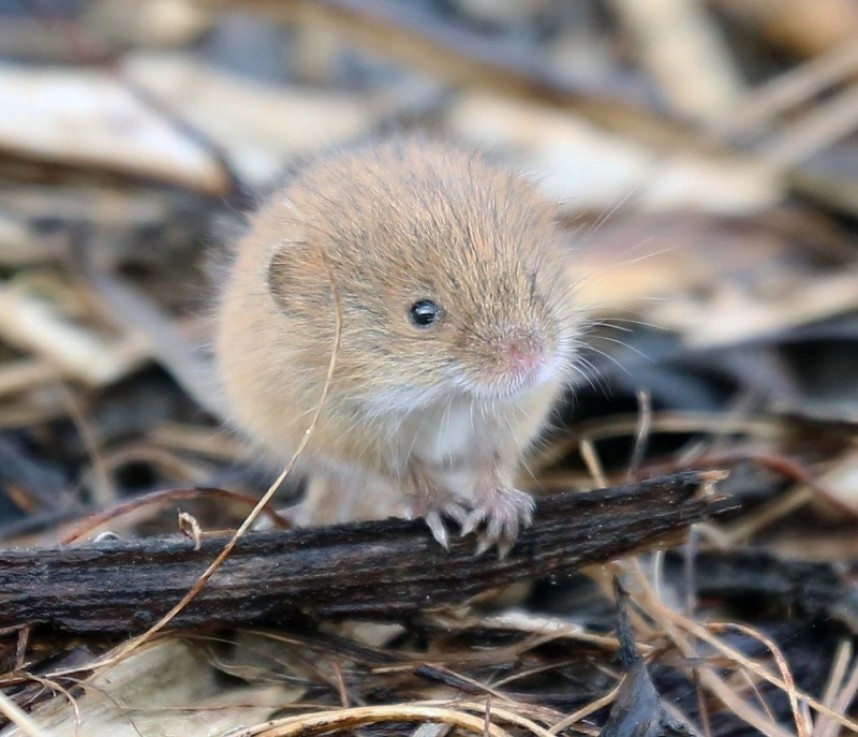
Harvest Mouse © Richard Baines
Our summer-visiting birds will soon be pouring in. Willow Warblers, superficially resembling last month’s Chiffchaffs, nevertheless show significant plumage differences on close inspection, including a bolder supercilium (stripe above the eye), paler cheek, less dusky underparts and usually paler legs. Most distinctive of all is the Willow Warbler’s descending song.
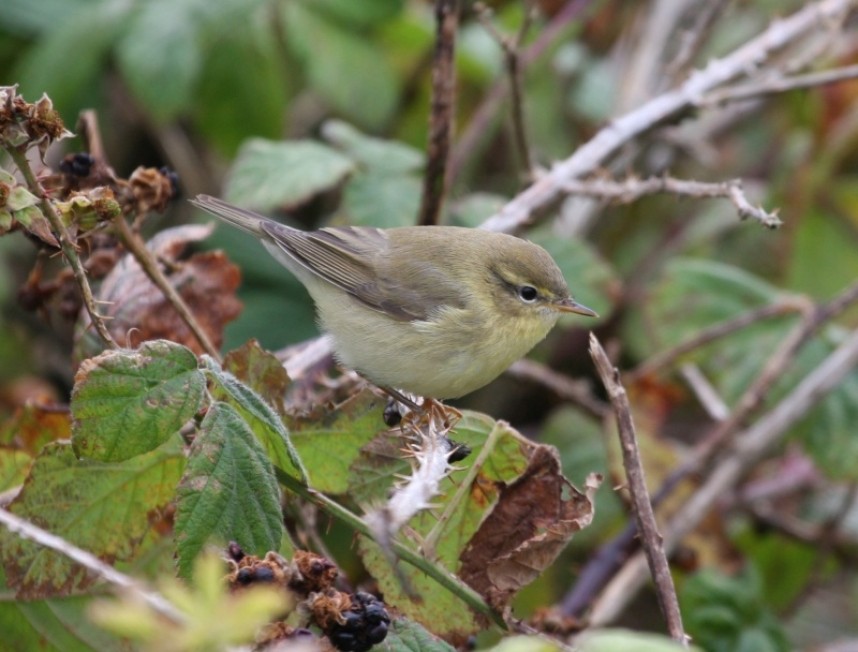
Willow Warbler © Richard Baines
On farmland, watch for the amazing display of Lapwings and listen for their strange electric calls. It's getting very busy for wading birds on the beautiful heather moors of the North York Moors National Park. Try visiting on a warm evening and listen for the drumming call of Snipe. Swallows return from Saharan Africa, while the North York Moors National Park and Wolds welcome back Tree Pipits, Redstarts – the male breathtakingly colourful – and, towards the end of April, Pied Flycatchers arrive in North Yorkshire. On the coast seabirds are still on the move, with the first Sandwich, Arctic and Common Terns passing by on their way to the Farne Islands and further north.
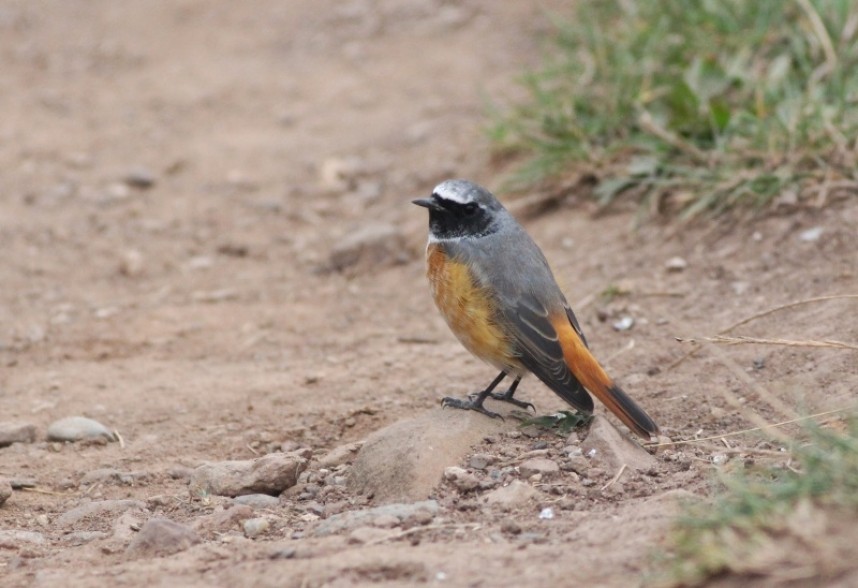
Male Redstart © Mark Pearson
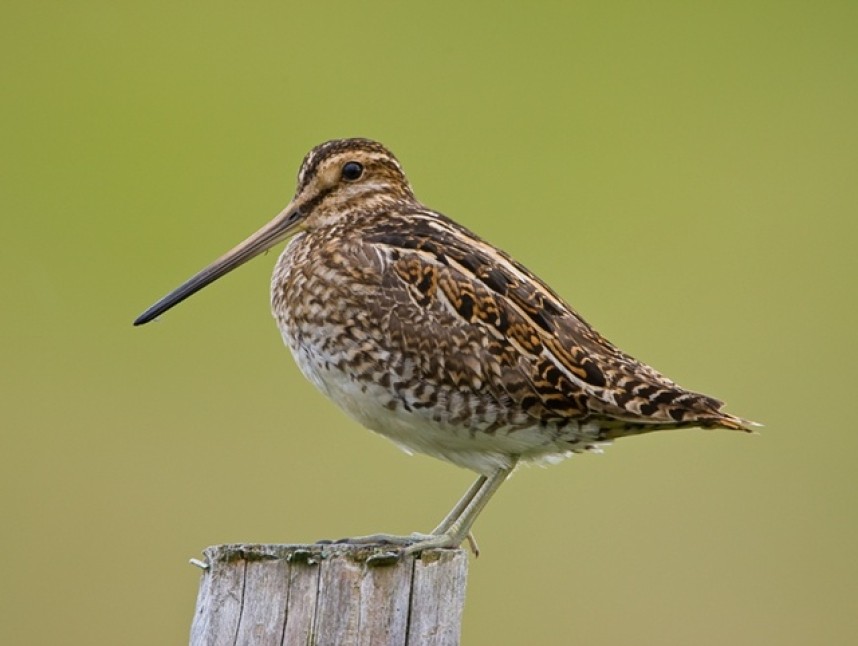
Common Snipe © Steve Race
April sees a really sharp increase in invertebrate abundance and diversity. Perhaps the most obvious are larger flying species like bumblebees, with most regional species out of hibernation by the end of the month. The butterfly season also gets into full swing with Brimstone, the delightful Green Hairstreak and Holly Blue on the wing; look out too for Orange-tip, Small White and Green-veined White. The first Emperor Moths appear on the moors. Moth-trappers encounter two ‘early’ moths this month, Early Grey and Early Thorn. The bee-fly Bombylius major may be found in warm sheltered locations hovering close to the ground. This curious little creature is completely harmless, despite its formidable-looking proboscis.
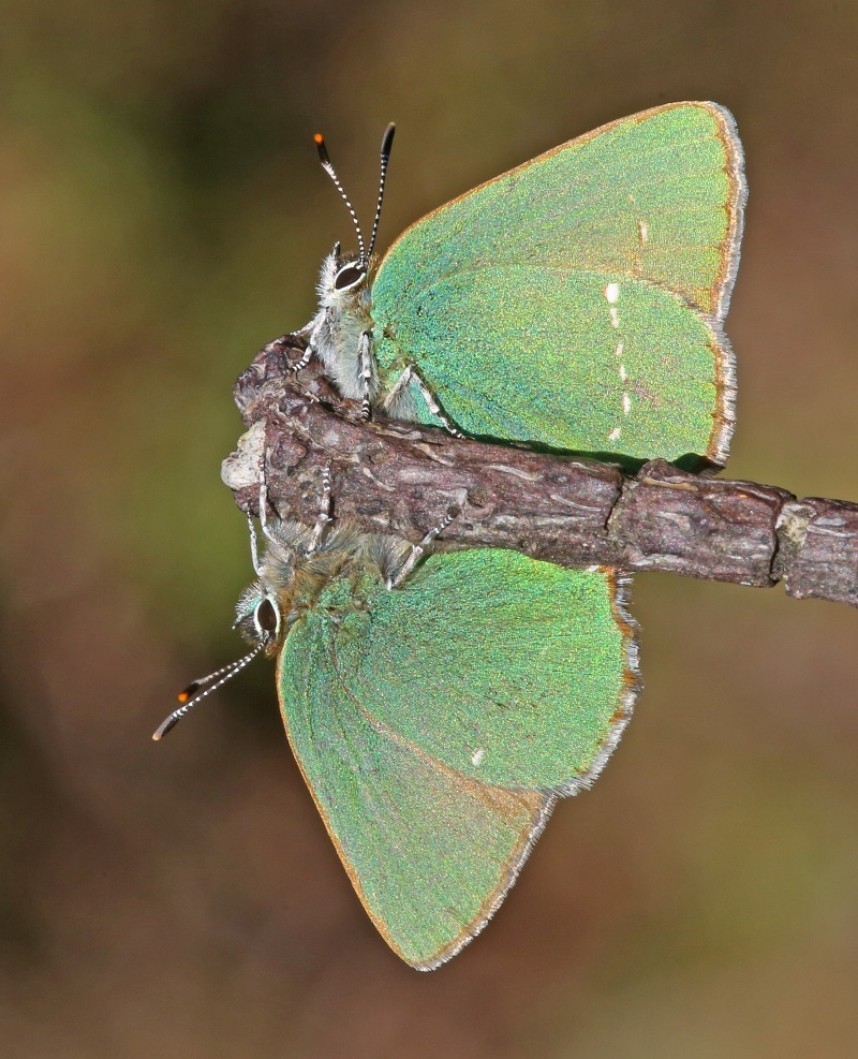
Green Hairstreak © Dan Lombard
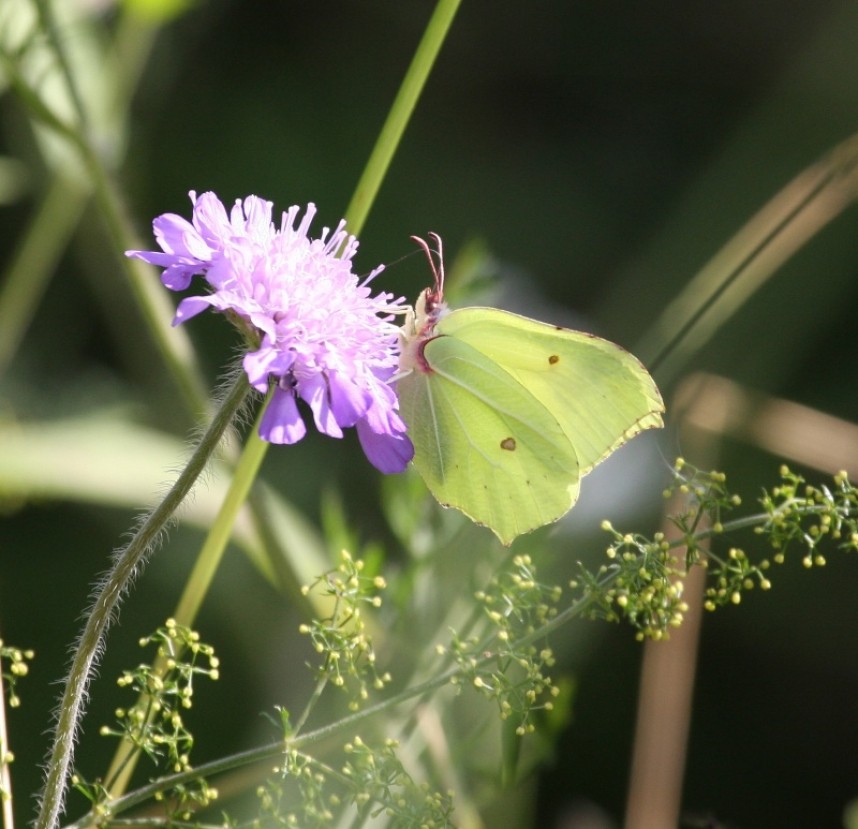
Brimstone © Richard Baines
In April the majority of Slow Worms and Grass Snakes emerge, with female Common Lizards and Adders following the males, which were out in March. Slow Worms are secretive animals which rarely bask out in the open like other reptiles. Common Toads appear to be spawning slightly later than usual this year, so expect these at the beginning of the month in ponds after damp mild evenings. Toads generally use larger mature ponds, often including fish which struggle to feed on their distasteful tadpoles.
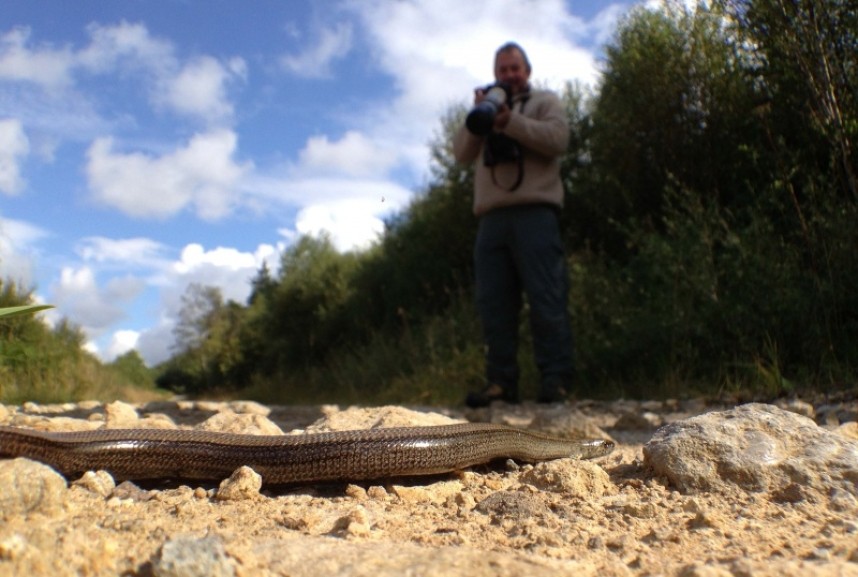
Slow Worm © Richard Baines
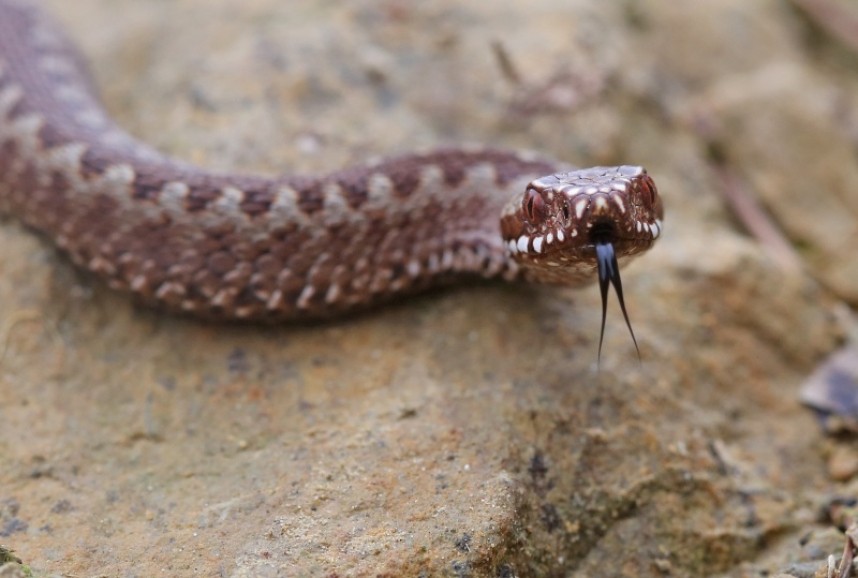
Adder © Dan Lombard
In boggy fields look for the pale pink Cuckooflower or Lady’s Smock, while in woodlands the distinctive hooded spathes of Lords and Ladies unfurl against the spotted leaves to reveal the finger-like purple spadix, which emits a smell to attract midges. The actual flowers are hidden below the spadix, and are pollinated by the midges. Alexanders are flowering in coastal locations. This glossy-leaved, yellow-flowered member of the Carrot family, originally from the Mediterranean, was once widely grown in kitchen gardens, both as a medicinal herb and for the taste of the stem, which resembles celery. Cow Parsley is the first of three similar species which flower successively through spring and summer on verges and hedgebanks (the others being Rough Chervil and Upright Hedge Parsley).
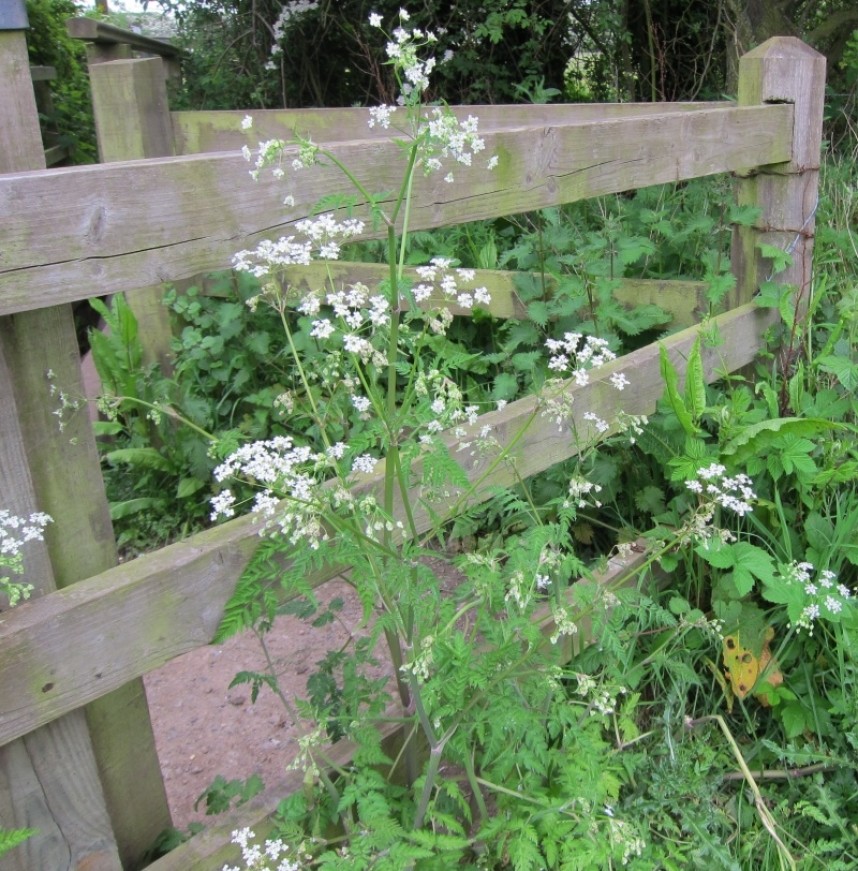
Cow Parsley © G Chapman



 Back to Blog
Back to Blog
